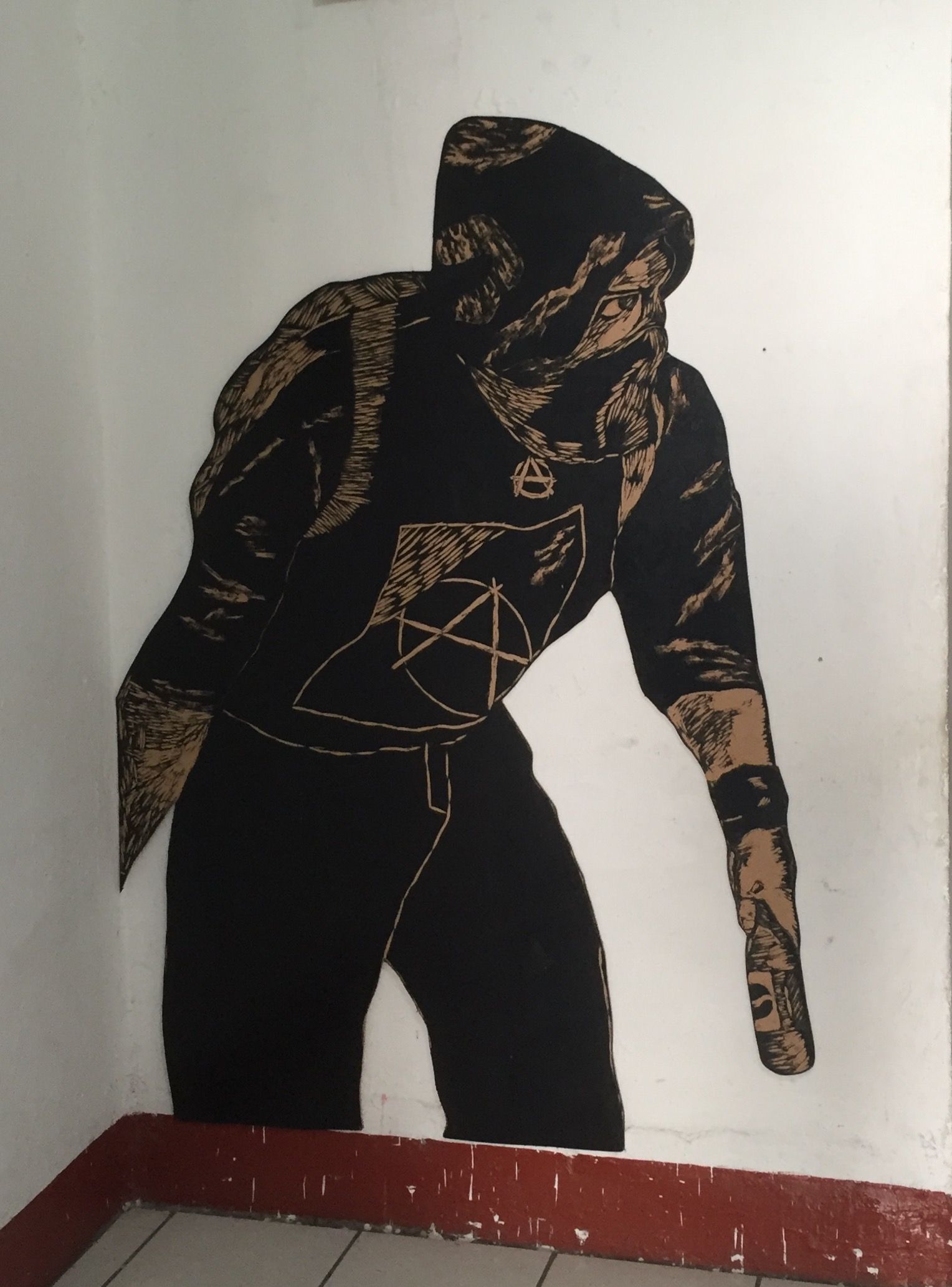Spotted: Artwork, Murals & Street Art of The World (Part: 2)
Today we are taking a look at the creative city that is home to many (but certainly not limited to) Artists of Mexico - Oaxaca (wah-haak-kah) City. The street murals are captivating - as you will see below - and the artwork found in local galleries pack a powerful, often political statement behind them.
You see, there is more to these pieces than meets the eye.
A brief excerpt from a great article by Michael Graham de La Rosa and Samuel Gilbert explain below:
Today, Espacia Zapata - named after Mexico's revolutionary hero Emiliano Zapata - is one of a dozen or so studios/print shops that have arisen in Oaxaca, each owned and operated by independent local collectives of artists.
Together, they represent a renaissance of alternative radical popular political printmaking, and the continuation of a long tradition in Mexico that began before the revolution and gained worldwide renown through artists such as Jose Guadalupe Posada, Leopoldo Mendez and Diego Rivera.
"We understand that we are a continuation of a great tradition in Mexico," said Mario, whose art seeks to intervene in public spaces with commentary about issues that affect the disenfranchised.
The group emerged during the 2006 popular protest, when striking teachers - demanding better education in the impoverished state - were met with state violence, resulting in the deaths of at least 17 people. Oaxaca's residents erected barricades and took over luxury hotels, government buildings, and even television and radio stations.
"Our families, our neighbours went out to the streets to support their teachers," said Ivan, recalling the protest. "During those actions, I went out as just a kid to confront and to defend."
Chapo, another artist from the ASARO collective, echoes the same sense of urgency that first pushed the artists to organise. "We were art students and we started painting because people gave us spray paint. That's how it started," he explained.
"One of the ideas that we all had was that art is an instrument to support the struggles of our people. That is the essence. It is an instrument that opens discussion or analysis of problems that are developing in our environment," said Chapo.
I feel that showing these artworks in particular, without giving their respectful backstory, wouldn't be doing them justice.
.jpg)
A shop front of Taller Siqueiros, Oaxaca City, which is owned by ASARO artist and member Yescka [Gabriela Campos/Al Jazeera]
.jpg)
Prints displayed at Espacio Zapata
Large wood prints depict images of protest
.jpg)
.jpg)
The conflict is still not entirely over. Here is an older photograph taken during the conflicts in 2006 that is simple but effective, showing a message painted on a wall in Oaxaca reads: ''Tourists: Oaxaca is temporarily closed, will open as soon as there is justice.''
June 2006 began with a teachers' strike that was preceded by more than two decades of protest. In response, Oaxaca's governor, Ulises Ruiz, began a series of repressive tactics, and the teachers' strike became a larger conflict involving many different groups of Oaxacans.
.jpg)
This is the only photo I have of this beautifully detailed piece. There is so much to look at. I returned the following day to take a better picture in daylight, only to discover that it had been painted over with a fresh coat of nothingness.
Thank you for being a part of my Global Artworks Series (Part 2). If you missed the first one, you can check it out here
If you like what you see and want more, make sure you hit Follow.

.jpg)
.jpg)
Hi! I am a robot. I just upvoted you! I found similar content that readers might be interested in:
http://www.aljazeera.com/indepth/features/2017/03/oaxaca-revolutionary-street-art-170320085056182.html